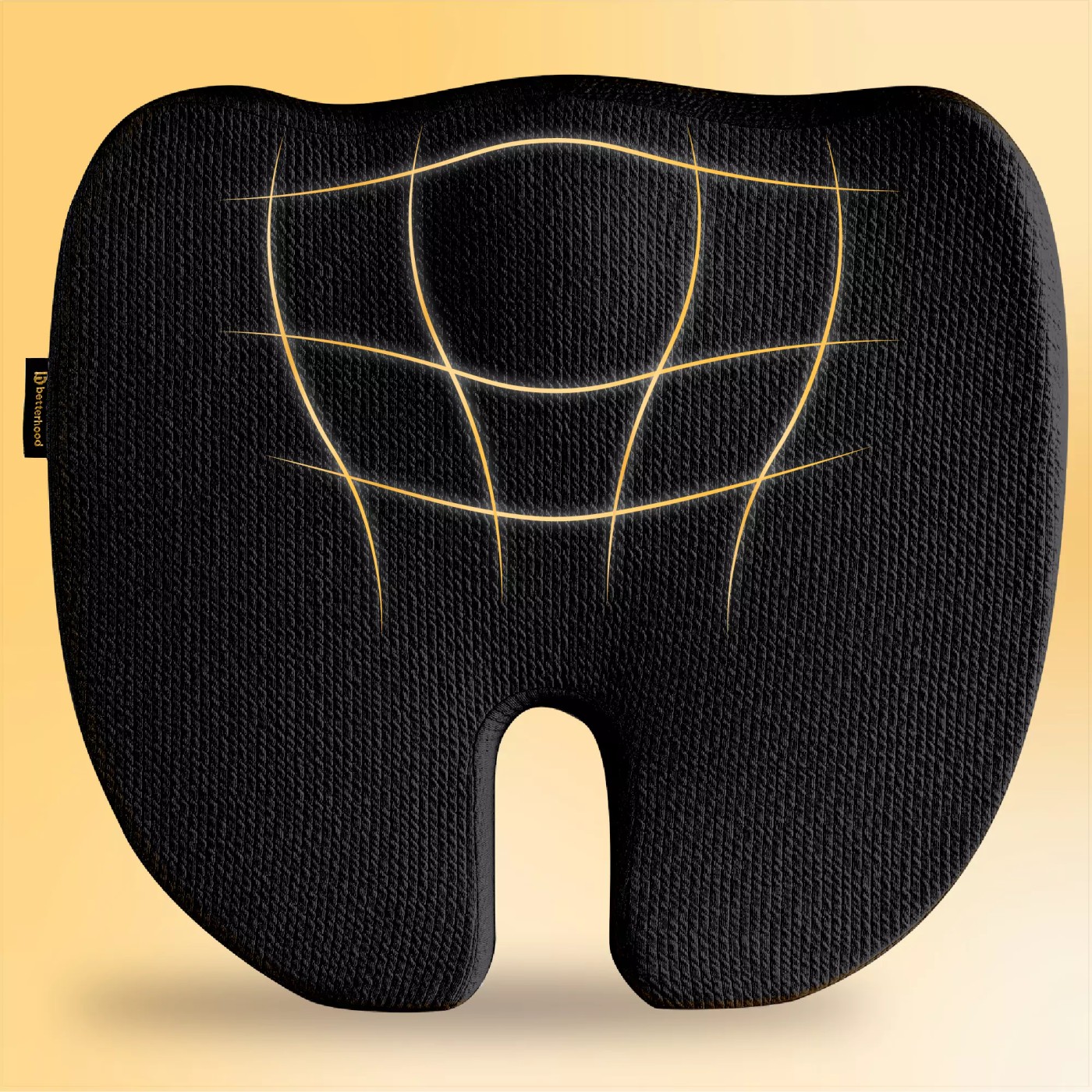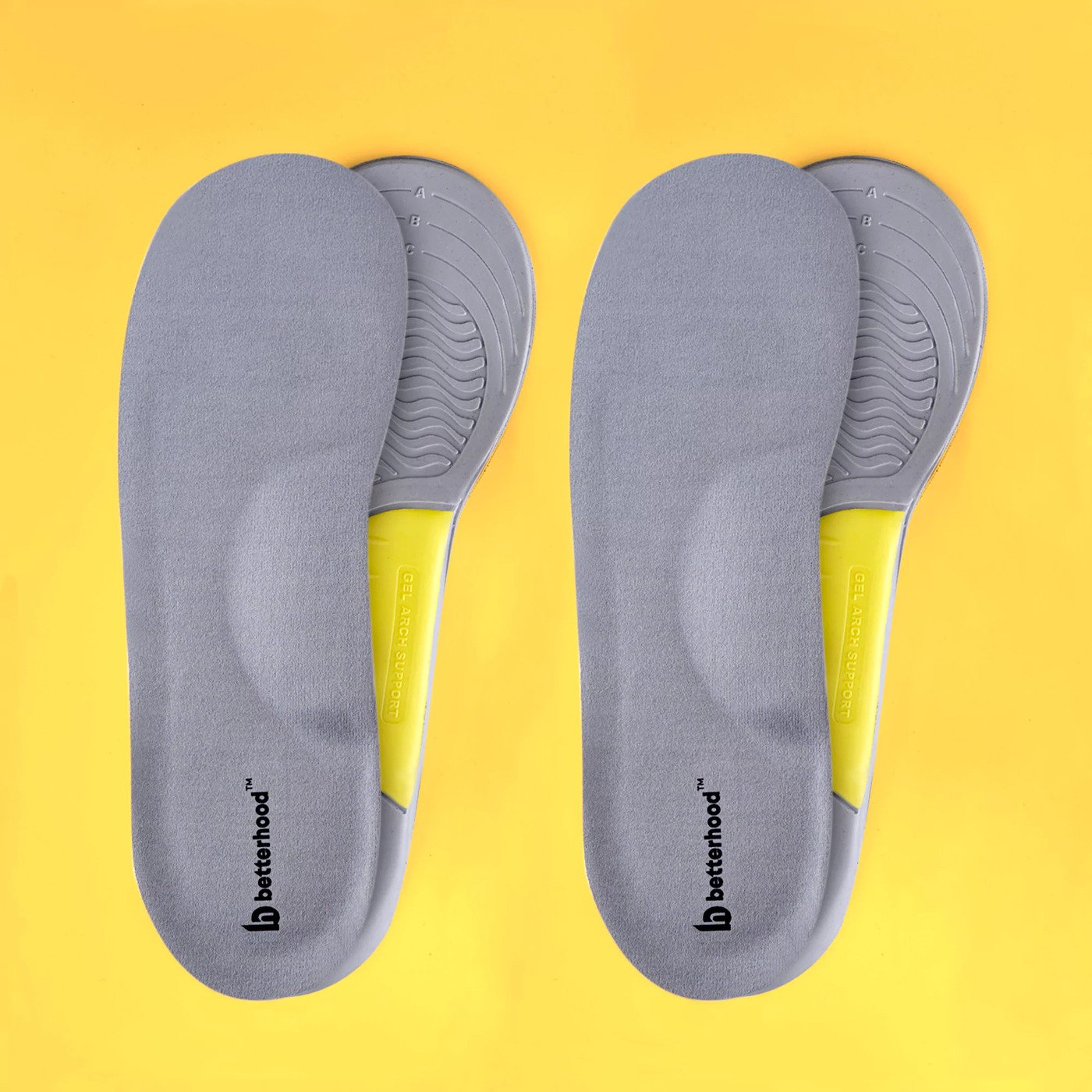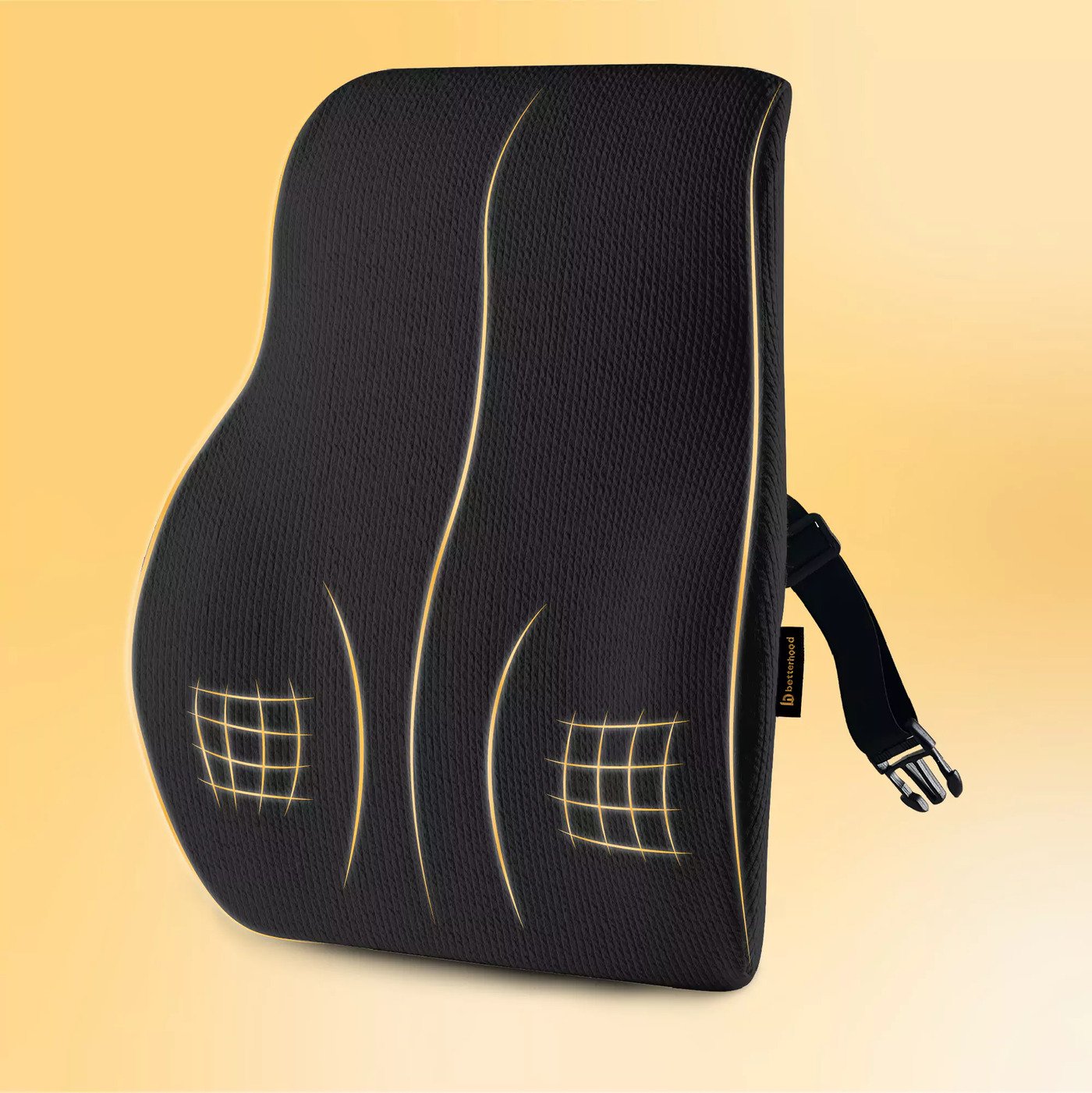As we grow older, many of us begin to experience stiffness in the back, discomfort while sitting, or nagging pain in the neck after long periods of work or rest. These aren’t just signs of a tiring day, they’re reminders that our spine, one of the most complex and essential structures in our body, needs attention. For older adults, especially, maintaining spinal health becomes not only a comfort issue but a quality-of-life concern.
One of the simplest, most effective ways to address these issues early is through proper support. A growing body of research now supports the idea that using both neck and lumbar support in everyday life can reduce pain, improve posture, and delay musculoskeletal decline.
Let’s explore how combining neck and lumbar support can help you maintain mobility, reduce chronic pain, and age more gracefully.
Why Does Spinal Health Decline as We Age?
The spine is composed of bones (vertebrae), cushioning discs, ligaments, and muscles. Over the years, these structures naturally undergo wear and tear. You may notice that bending feels harder, sitting for long periods becomes uncomfortable, or stiffness lingers longer in the morning.
Here’s what typically happens:
- Intervertebral discs dry out and lose elasticity, reducing their shock-absorbing capabilities.
- Spinal vertebrae may develop osteophytes (bone spurs), often seen in degenerative joint disease.
- Muscles and ligaments that support the spine weaken.
- Flexibility decreases, especially in the cervical (neck) and lumbar (lower back) regions.
These changes often lead to discomfort, poor posture, and a higher risk of falls or injury if left unaddressed 1.
What Are the Early Warning Signs?
Some of the first signs of aging-related spinal issues include:
- Persistent neck or lower back stiffness in the morning
- Pain radiating into the limbs
- Frequent tension headaches
- Fatigue or restlessness from poor posture during long sitting sessions
Often, people overlook these symptoms or rely heavily on painkillers, missing the opportunity to address root causes through posture correction and ergonomic support.
Why Waiting for Pain Isn’t a Good Strategy
Pain Often Comes Last, Not First
One important fact many overlook: Pain is usually the last symptom to show up in spinal degeneration. Before pain, your body may already be compensating for structural weaknesses with poor posture or restricted movement.
That’s why ergonomic interventions, like lumbar and neck support, are most effective when introduced before the pain becomes chronic.
Preventive Care Builds Long-Term Comfort
Using support devices early:
- Keeps joints and muscles in proper alignment
- Reduces strain on vertebrae and nerves
- Minimizes fatigue by reducing compensatory tension
And unlike invasive treatments or long-term medication, these supports are non-intrusive and accessible.
What Does Neck Support Do?
How Neck Supports Help Realign the Cervical Spine
The cervical spine (neck region) supports the head, typically weighing 10–12 pounds. When posture is poor, such as when the head juts forward (common in older adults and office workers), this weight strains the vertebrae and surrounding muscles.
A good neck support:
- Maintains the natural C-shaped curve of the neck
- Reduces pressure on cervical discs
- Minimizes forward head posture
- Prevents muscular fatigue and tension headaches
Types of Neck Supports Available
- Cervical pillows for sleeping posture correction
- Ergonomic travel neck pillows for car or flight support
- Posture-correcting braces for therapeutic use
- High-back ergonomic chairs with integrated neck support
Using the right neck support can improve sleep quality, reduce reliance on medications, and protect against long-term degeneration 2.
What Is Lumbar Support, and Why Is It Critical?
Your Lower Back Bears Most of the Load
The lumbar region (lower back) is responsible for weight distribution, balance, and stability. When unsupported, especially while sitting, this region is prone to compression, which can lead to disc herniation or nerve pinching.
Lumbar supports:
- Preserve the natural lordotic curve of the spine
- Reduce disc compression
- Prevent muscular fatigue from slouching
- Encourage upright posture and improved core engagement
When Should You Use Lumbar Support?
- During prolonged sitting, such as desk work or driving
- After spinal surgery or injury, as part of rehabilitation
- While recovering from lower back strain
- As a preventive measure during aging
Several studies show that even simple lumbar cushions can dramatically reduce the risk of lower back pain among older adults 3.
How Do Neck and Lumbar Supports Work Together?
The Power of Synergy: Supporting the Full Spine
Think of your spine as a single, integrated system. When the lumbar spine is misaligned, the upper spine compensates, and vice versa. This misalignment leads to overworked muscles, poor posture, and fatigue.
When both neck and lumbar support are used together:
- Your spine maintains its natural S-curve
- Pressure on joints and discs is evenly distributed
- Muscles no longer overcompensate, reducing fatigue
- Posture improves both while sitting and standing
This dual support is especially beneficial for:
- Desk workers who sit for long periods
- Elderly individuals with muscle weakness
- People with balance issues or past spinal surgeries
- Frequent travelers are prone to bad postural habits
What Does the Research Say?
Clinical Evidence Supporting Dual Support
- A study published in the Spine Journal found that lumbar cushions significantly reduced low-back pain in aging adults over just eight weeks 4.
- Another study in Clinical Biomechanics found that high-back ergonomic chairs with neck and lumbar support reduced cervical muscle strain by up to 40% 5.
Together, these findings highlight how passive support tools can actively prevent musculoskeletal degeneration.
Real-Life Experiences
Many older users report a noticeable difference:
“I never realized how much my recliner posture was hurting me until I added lumbar and neck cushions. I feel fresher even after sitting for hours.” – Savitri D., 72
“For me, dual support has meant fewer headaches and more comfort while driving. I recommend it to all my retired friends.” – Mr. Thomas, 68
How to Choose the Right Neck and Lumbar Support for Your Body
Key Features to Look For
- Contoured Design: Matches the natural spinal curves
- Material: Memory foam, orthopedic-grade gel, or breathable mesh
- Adjustability: Straps or modular features for personalized fit
- Portability: Lightweight enough for travel or office use
Age-Specific Considerations
- Older adults with reduced muscle tone may benefit from firmer supports.
- Those with osteoporosis or disc degeneration should consult a physiotherapist for custom support.
- People using wheelchairs or recliners need non-slip bases and adjustable height cushions.
Supporting Spinal Health Beyond Cushions
Daily Habits That Complement Support
While external aids are crucial, long-term benefits come from combining them with healthy habits:
- Exercise: Include daily stretching, yoga, or core strengthening
- Posture Awareness: Use reminders or posture-correcting wearables
- Ergonomic Furniture: Invest in a chair with adjustable armrests, back angle, and lumbar contours
- Sleep Hygiene: Use an orthopedic pillow and a firm mattress to align your spine during rest
When to Seek Expert Help
If you notice:
- Persistent pain that doesn’t improve with support
- Tingling or numbness in the arms or legs
- Limited mobility or worsening stiffness
Consult a spine specialist or physiotherapist for a detailed assessment and treatment plan.
Betterhood’s Approach to Spinal Wellness
At Betterhood, we believe in helping people not just live longer, but live better. That’s why we design ergonomic tools, like our neck and lumbar support systems, to address the needs of aging bodies with empathy and precision.
Our mission is to:
- Equip individuals with preventive solutions
- Create easy-to-use products backed by physiotherapy insights
- Share educational content that empowers every user
From your home office to your recliner or car, we’re committed to helping you age well, comfortably, and confidently.
Final Thoughts
You don’t need to wait for pain to start thinking about your spine. Whether you’re still working, enjoying retirement, or recovering from an injury, neck and lumbar supports can dramatically improve your comfort, posture, and quality of life.
They’re not just cushions. They’re a step toward freedom from pain, a better back, and a healthier way to age.
Frequently Asked Questions:
1. Why is spinal support important as we age?
Aging weakens the musculoskeletal system, increasing the risk of chronic pain and postural problems. Spinal support helps maintain alignment and function.
2. Can neck and lumbar support prevent chronic back pain?
Yes, using ergonomic supports can prevent or delay the onset of pain by maintaining proper posture and reducing strain on spinal structures.
3. Are ergonomic supports useful for people in their 30s?
Absolutely. Starting early helps establish good postural habits and prevents future issues.
4. Are combined supports safe for long-term daily use?
Yes, provided they are ergonomic and suited to your body. Long-term use can enhance comfort and promote spinal health.
References:






